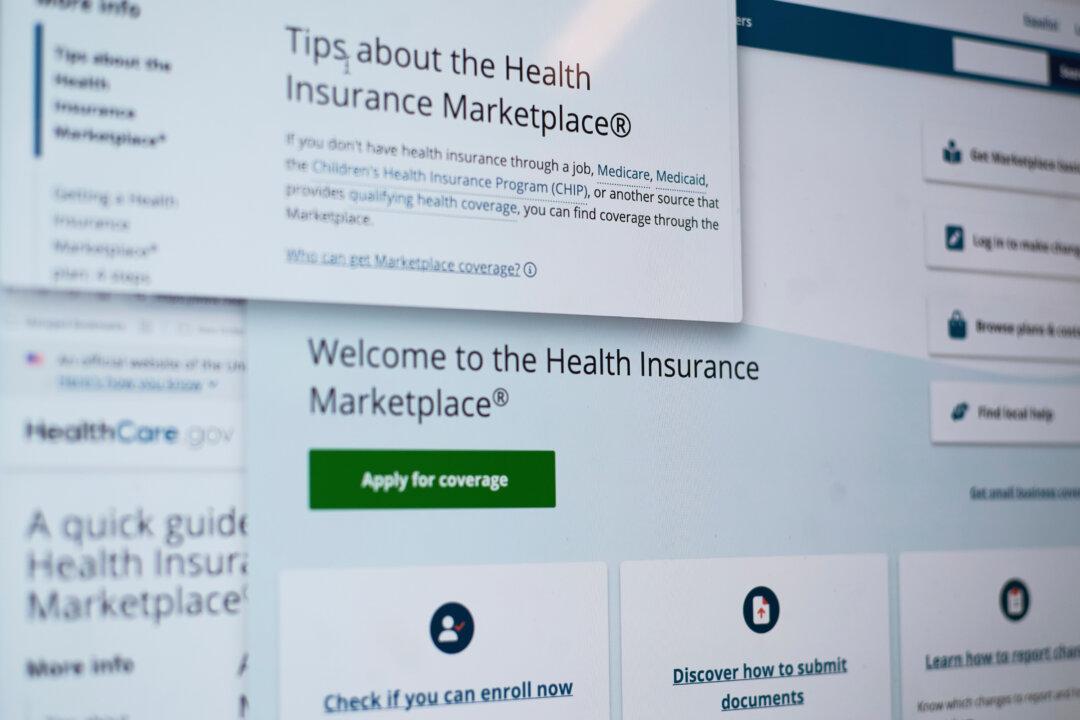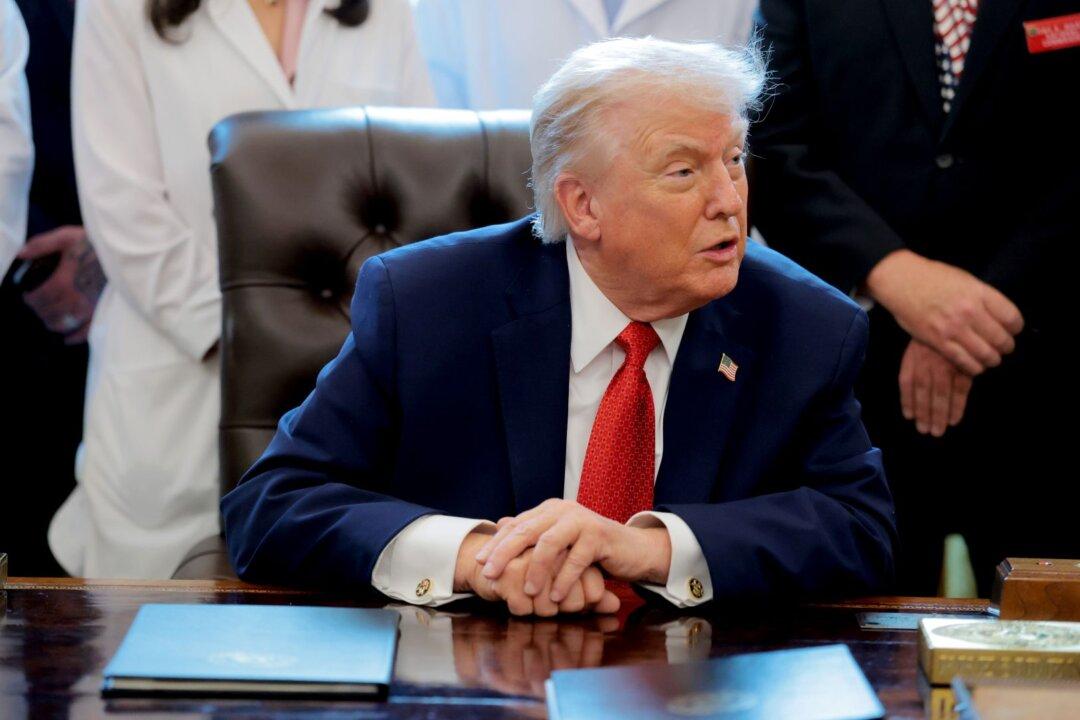The official first day of fall starts on Sept. 23, but before that, a rare Harvest Moon will appear across the United States on Friday, Sept. 13.
The Old Farmer’s Almanac says the Harvest Moon is a Full Moon that starts at the fall or autumnal equinox.




